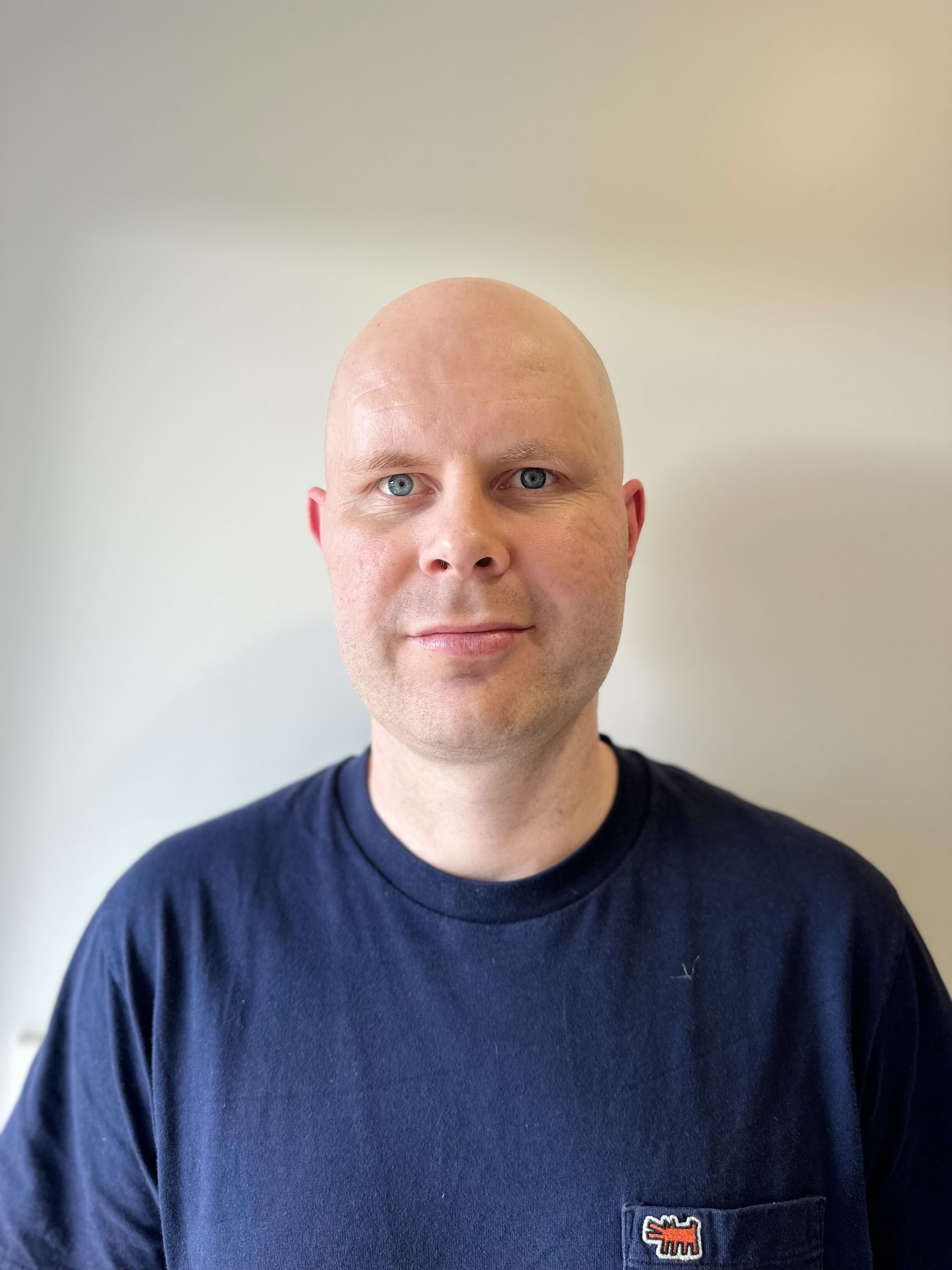The collapse of a hillside on farm country behind Ōmahu during Cyclone Gabrielle revealed an astonishing find - the bones of five people thought to have lived and died no later than the 1700s. An agreement means the changed landscape will become a sanctuary, where they can rest again in
Hawke’s Bay: Bones found in Ōmahu hillside date back to 1700s, koiwi laid to rest in moving ceremony

Subscribe to listen
Rewind back to the day of the cyclone and things were much more chaotic. Oingo Lake - which in pre-colonial times was a much-fought-over home of tuna, ika and birdlife - swelled to inundate the farm.
Due to the pressure of the water the hill collapsed, forming a pool surrounded by small cliffs. As it did, bones were strewn.
Hanara, who works for Te Papa Tongarewa, was told of the find. She had been visiting Ōmahu from Wellington for a whānau birthday party when Cyclone Gabrielle hit. Suddenly, her expertise was needed.
She found herself wading through a piece of whenua she never knew existed, recovering the remains of her ancestors.
She called her cousin Amber Aranui for help and the two of them, with help from other experts from Heritage NZ and beyond, eventually pieced together the story from a farm shed beside the lake.
They realised they were looking at five koiwi (skeletons) - their ages ranging from an infant to about 55 years old.
How they came to be buried beside Oingo Lake remains uncertain, but the possibilities - and the korero about the area’s history that it’s generated - are exciting.
“I want people to know that it hasn’t been a scary experience,” Hanara says.
“It hasn’t been something that we’re afraid of. They’re our tīpuna and it’s been an honour and a privilege to be able to look after them.”
Aranui, who’s spent more than a decade helping bring ancestors back from overseas in her mahi with Te Papa, said it was even more special to work on an event related to her own whakapapa.
She said after a major land-shaping event like Gabrielle, it’s not unusual for ancient burials to be uncovered.
“We forget where our dead are buried and there are random events that happen along the way where people become buried, so I wasn’t so surprised as such.
“Actually, I was quite surprised there weren’t more.”
She said to be able to reinter the remains in a sanctuary, which will eventually have mature native trees growing around it, was the best possible result.
She hopes other finds in future would be treated with the same respect, and the same expert help.
“These natural disasters are more than likely to increase so just be aware that this kind of thing isn’t isolated,” Aranui said.
“The more that we develop land with the housing crisis, the more that floods happen, the more we are going to come across our history, our Māori history and possibly even koiwi.”
Dr Joseph Te Rito, a scholar of Ōmahu history, said the bodies possibly related to battles between Ngāti Te Whatuiāpiti and Kahungunu people.
Various aspects of Ngāti Hinemanu’s interactions with the area over its history - its pa were dotted across the surrounding landscape - could also relate to the koiwi.
The other possibility is they could simply have been visitors to the area.
Te Rito said that pre-colonisation, Ōmahu was a crucial meeting point and a hub for the Heretaunga swamplands, and because it was such a food basket there were fierce battles over it.
When the Ōmahu case was recorded in the Native Land Court by Captain W Blake, his minutes mentioned that every 50 metres around Oingo there were eel weirs, showing just how much food was cultivated on the land, Te Rito said.
“This whole area is just rich in history and that’s one of the silver linings of the Gabrielle cloud.
“What it’s done, it’s washed the koiwi out and it’s disturbed their rest, but it’s unearthed the history and now everyone’s interested.”
After the ceremony beside Oingo Lake, Ōmahu Church Reverend Zhane Tāhau Whelan then led an interment ceremony at Ōmahu urupa.
It was here that more recent remains were disturbed by the Ngāruroro River’s flood as it swept through on February 14.
Whelan said remains from burials at the urupa, including things like a jawbone and a finger, were uplifted by water powerful enough to rip down the urupa’s concrete fence, and they were then strewn across the community.
The decision was made not to DNA test them, he said, and instead the call was made to reinter them together in a special memorial at the entrance of the urupa.
“Cyclone Gabrielle traumatised our lives, and brought more heartbreak when we discovered our koiwi were spread around our community from our urupa,” Whelan said.
“Today is a powerful milestone.
“Not only have we been able to connect with some of our descendants from the 1700s, but here we are today able to reconnect with our whanaunga - an important part of our recovery.
“It has made our community stronger, it has brought our whānau back home, and it will allow us to make giant steps as whānau and as a people.”
Chris Hyde is the editor of Hawke’s Bay Today. He has a decade of experience in regional newsrooms and writes regularly about the recovery of the region after Cyclone Gabrielle.